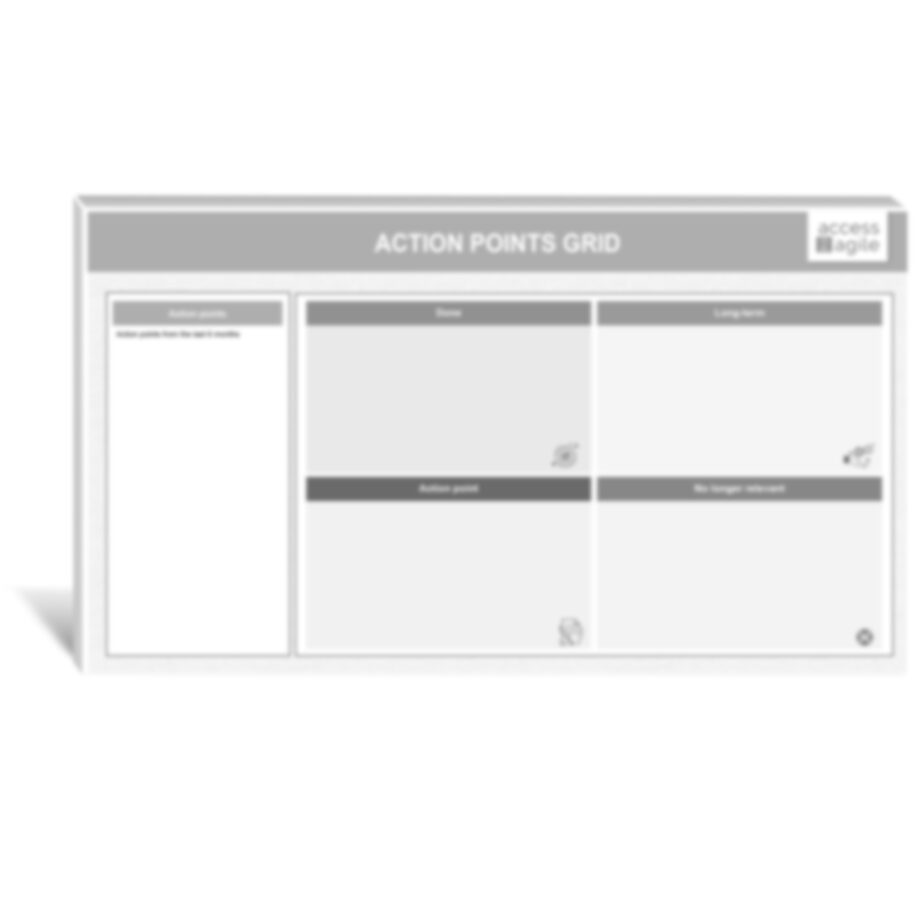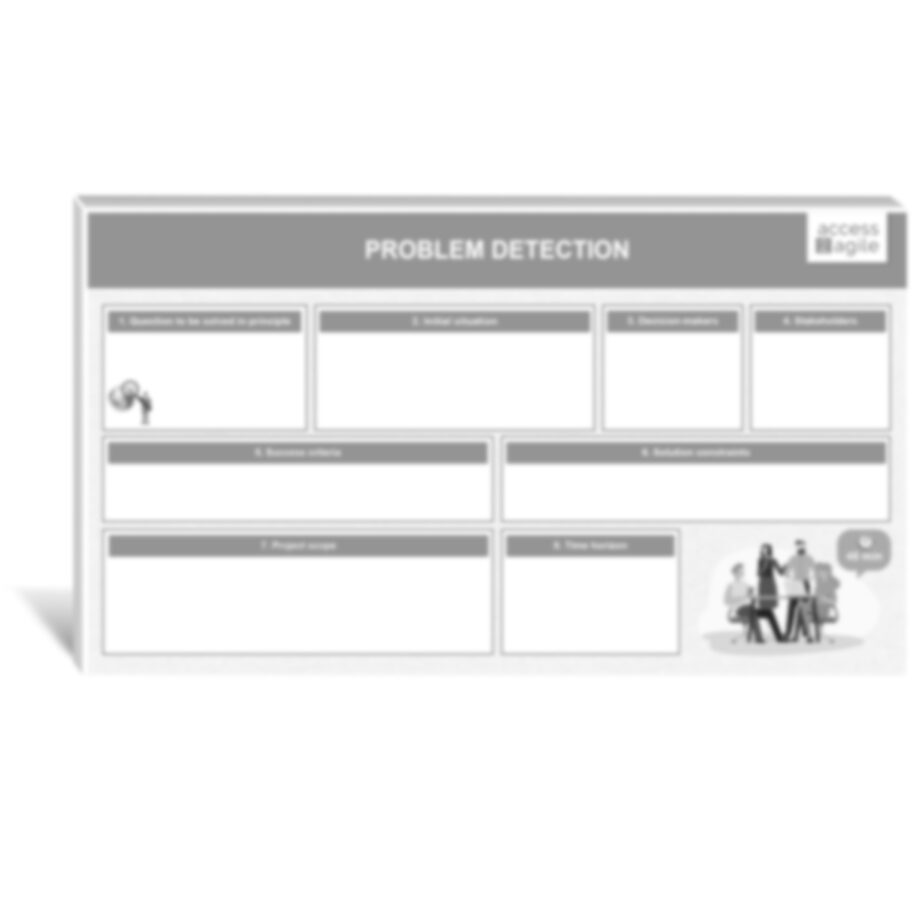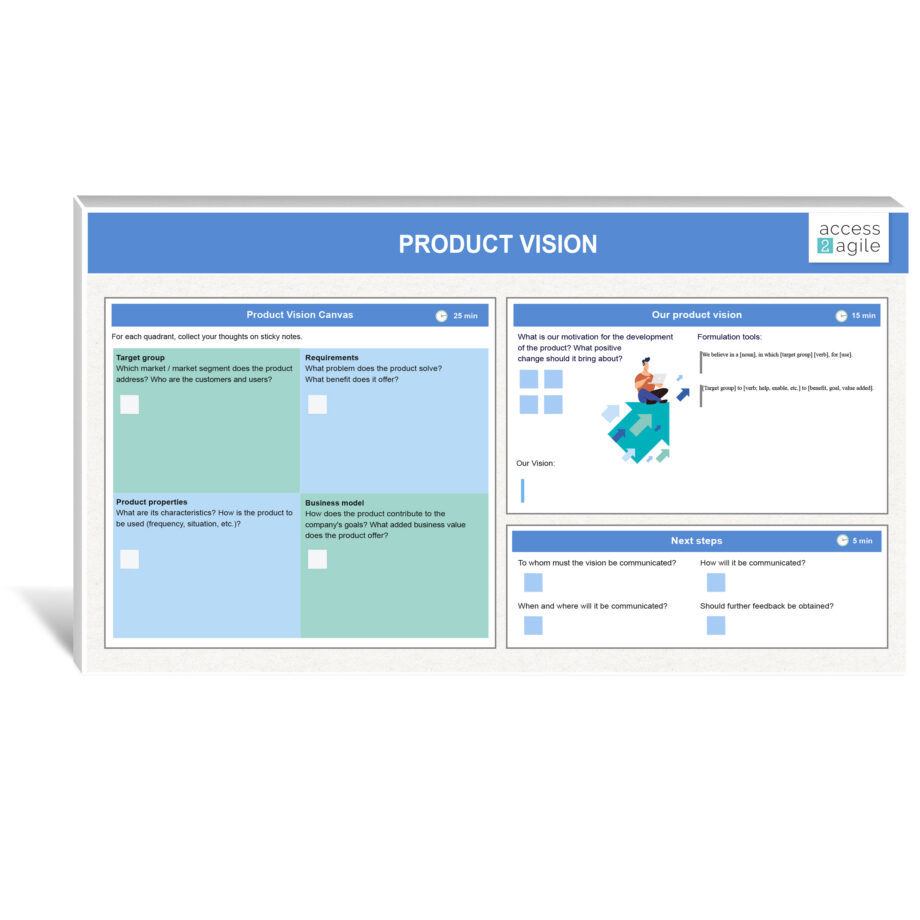In product development, the creative process goes through several decisive phases that mark the path from initial concept to final implementation.
The analysis phase forms the cornerstone of this development cycle. The needs of the market and the target group are precisely identified through comprehensive research and evaluation. This critical step lays the solid foundation for the subsequent development stages.
The next phase explores not only best practices in project management, but also innovative approaches and creative methods of product development. This explorative approach aims not only to use standard methods, but also to discover customized solutions and adapt the development process flexibly to the specific requirements of the project.
In the implementation phase, the use of proven and efficient methods, such as Scrum, is considered. An agile approach enables iterative development here, in which the product is shaped step by step and continuously improved. The structured framework, be it Scrum or another agile method, promotes collaboration within the team, ensures transparent communication and enables rapid adaptability to meet changing requirements.
In the final phases of product development, we rely on a suitable methodology for prototyping. This not only ensures smooth implementation, but also enables the prototype to be developed in an agile environment that is tailored to the customer’s needs and continuously optimized. The integration of empirical data, obtained through various feedback methods, plays a decisive role here. This data-supported approach allows the prototype to be continuously adapted and optimized in line with customer needs.
The creative process of product development is dynamic and flexible. There is not just a linear sequence of phases, but rather an agile alternation between them, inspired by principles such as design thinking. This iterative approach makes it possible for findings from the analysis phase to flow into the exploration of new methods and for results from the implementation phase to form the basis for further analysis. The continuous interaction between the phases promotes holistic and adaptable product development that always aims to create innovative and customer-oriented solutions.




